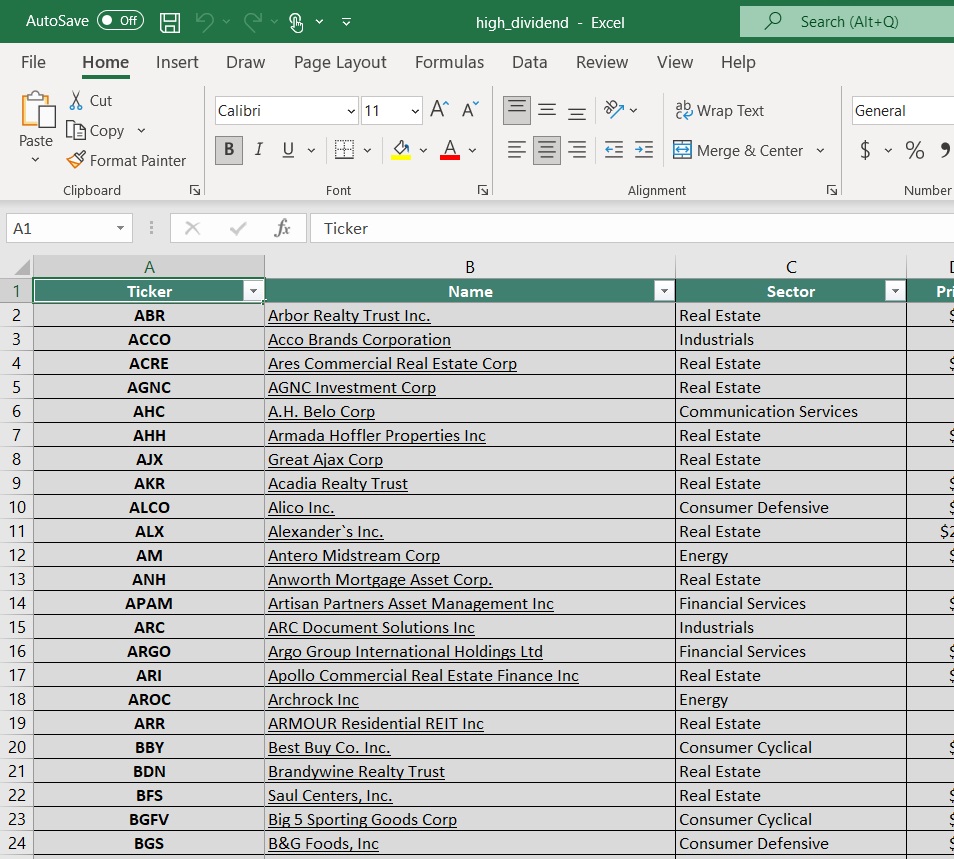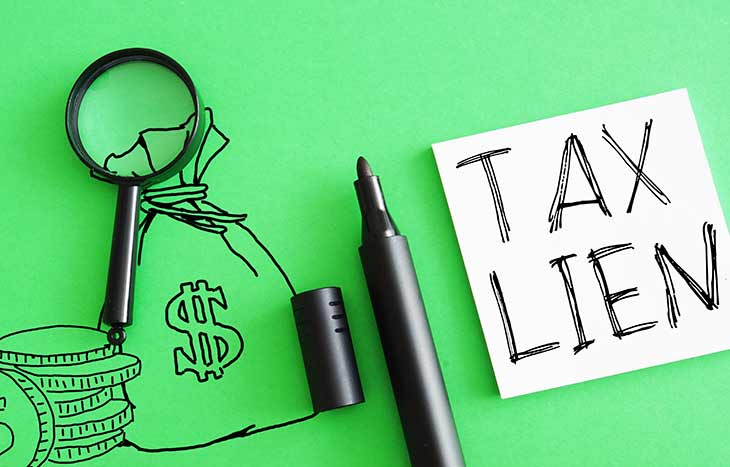For more on the crypto and blockchain phenomena, read Valuation of Cryptoassets: A Guide for Investment Professionals by Urav Soni and Rhodri Preece, CFA, from CFA Institute Research and Policy Center.
A few foundational microeconomic assumptions and a discounted cash flow (DCF) framework can help inform crypto buy and sell decisions.
“Crypto’s Unanswered Question: At What Price?” by Franklin J. Parker, CFA, highlights a conversation I often have with other charterholders, investors, and clients. These discussions have led to both valuable thought exercises and rousing debates.
I am not a crypto expert and certainly not a crypto “bro.” I have no strong opinion on whether cryptoassets are undervalued or overvalued, the future of money and commerce or a fad that we’ll all look back on amusingly. Nevertheless, I believe crypto investors can employ a logical valuation framework by which they can make reasonable and informed crypto investment decisions.
By applying a discounted cash flow (DCF) model, relying on microeconomic principles as inputs, and using gold and other commodities as guides, we can define a range of prices at which we could expect a reasonable, risk-adjusted rate of return over a given time horizon for a particular cryptoasset.
Because cryptoasset prices are directly observable, using a DCF valuation framework, we only need to estimate a future price or range of future prices for a particular cryptoasset, which we can discount back to the present at a required cost of capital. The net present value of our expected future price would equal our estimated intrinsic value today. By comparing that to spot prices, we can make our buy and sell decisions. Admittedly, some elements of this future price estimation process involve a high degree of uncertainty, but others can be reasonably estimated with a modest amount of effort.
For example, we know that, over the long run, profit-maximizing businesses will only produce if the marginal revenue exceeds the marginal cost to produce. As such, the marginal cost of mining a crypto coin sets a floor price around which supply will fluctuate. In the case of cryptoassets, the variable costs are reasonably simple to assess — computing costs / energy consumption, taxes, and transaction fees — and because computers can be turned on and off quickly, mining activities can be adjusted quickly depending on price fluctuations. In fact, we can observe this quick response function at work when we juxtapose hash rates over spot prices or estimated mining profitability.
Accounting for pre-ordained “halvings” in the mining algorithm, estimating future variable costs associated with cryptoassets, is relatively simple and straightforward. Moreover, crypto miners presumably require a reasonable return on their physical capital investment over time, so we must also include an estimate for the future cost of hardware as well as other capital and fixed costs. With estimates for variable costs, fixed costs, and an assumed required cost of capital for the miners, we can calculate the range of prices at which a cryptoasset will be mined, thus setting the price floor at which we’d expect it to trade.

Estimating a cryptoasset’s price ceiling, or the degree to which the actual price could exceed the price floor, is more challenging because it depends on demand, which entails a large degree of uncertainty. But all investments involve uncertainty and investors employ various logical approaches to work through it.
For example, we can assess the various demand drivers that influence cryptoasset owners by evaluating it as money. Like gold, cryptoassets are generally divisible into smaller units, countable and fungible (unit of account), used by some to hedge against inflation (store of value), and used to buy and sell goods (medium of exchange). As such, cryptoassets generally meet the criteria for the definition of money, which allows us to measure a cryptocurrency’s demand based on its value as money and more specifically, its utility in these use cases.
As a store of value, a cryptoasset may increase in price as confidence in fiat currency collapses or fears of inflation or hyperinflation spike. As a medium of exchange, a cryptoasset may rise in value the more it is used in domestic and international commerce as a method of buying and selling goods and services. We could incorporate a demand component based on the attractiveness of its anonymity — which has utility for both legal and illicit purposes — and we could even incorporate our expectations about how central banks might use cryptoassets to diversify their holdings in the future.
A cryptoasset’s value across these various use cases would influence demand, and with it, the price of the cryptoasset itself. Presumably, the sum of a cryptoasset’s utility exceeds its cost and cryptoassets would continue to exist.
The point is that, as with all investments, some assumptions must be made about future conditions, and as with gold, some of the key assumptions involve potential demand. Unlike gold, which has a long history, and, therefore, offers some sense for what demand will reasonably look like from various users, cryptoassets lack a long history of use and demand; its story as money is still being written.

Nevertheless, this is where the individual assumptions of the investor come into play: their own personal risk tolerance, their investment goals, objectives, and required rate of return, and, ultimately, their own personal determination about the potential risk and potential return, and whether, given their expectations for risk and return, a cryptoasset is an attractive investment. We may all argue about the inputs and assumptions that go into the framework, but that is, after all, exactly what makes financial markets work; the interaction of millions of investors applying their own assumptions and expectations to various investment opportunities using a logical framework in order to avoid speculation.
Which brings me to my answer to Parker’s unanswered question: “At What Price?” I don’t know at what price, but I know how someone who wants to answer that question could answer it for themselves.
For more on this topic, check out Valuation of Cryptoassets: A Guide for Investment Professionals by Urav Soni and Rhodri Preece, CFA, from CFA Institute Research and Policy Center.
If you liked this post, don’t forget to subscribe to Enterprising Investor and the CFA Institute Research and Policy Center.
All posts are the opinion of the author. As such, they should not be construed as investment advice, nor do the opinions expressed necessarily reflect the views of CFA Institute or the author’s employer.
Image credit: ©Getty Images / Westend61
Professional Learning for CFA Institute Members
CFA Institute members are empowered to self-determine and self-report professional learning (PL) credits earned, including content on Enterprising Investor. Members can record credits easily using their online PL tracker.
















